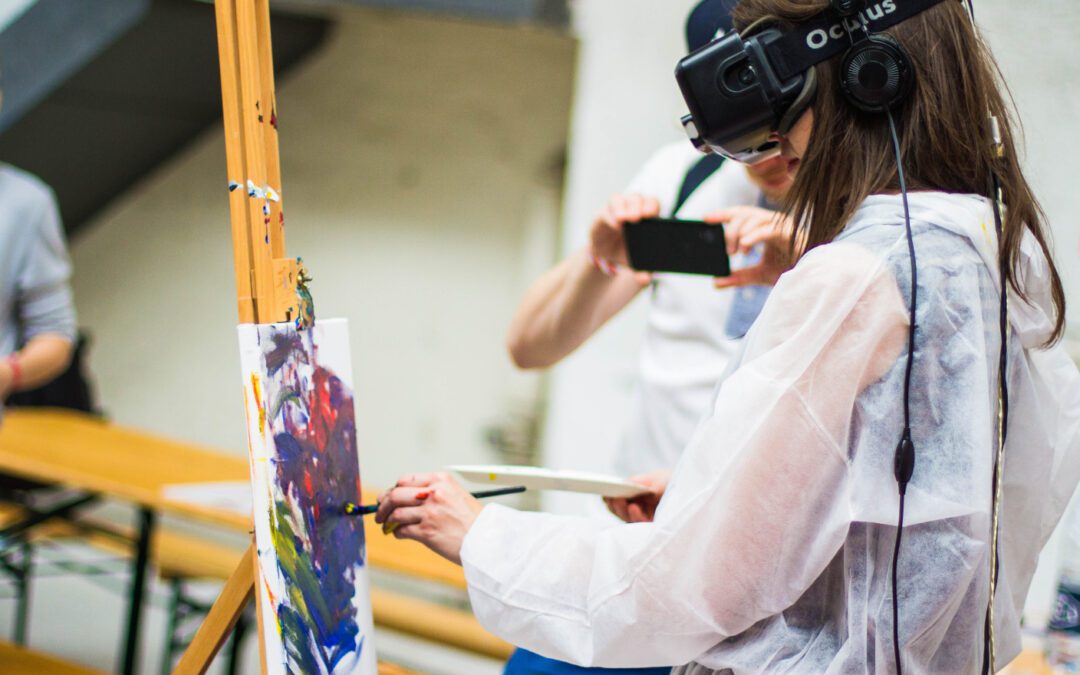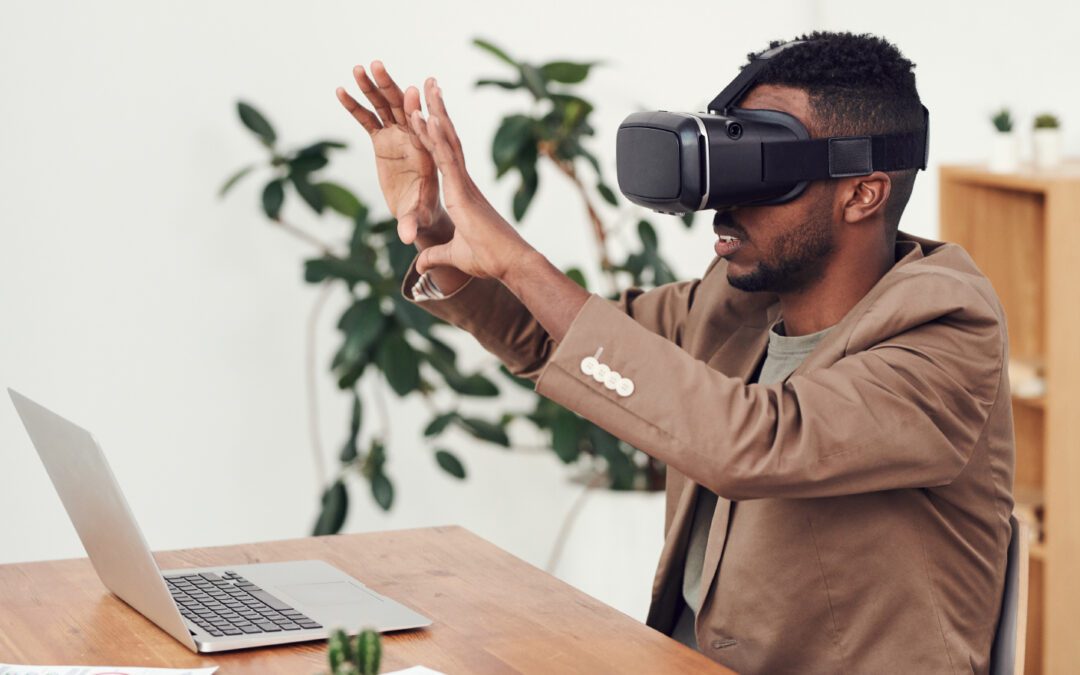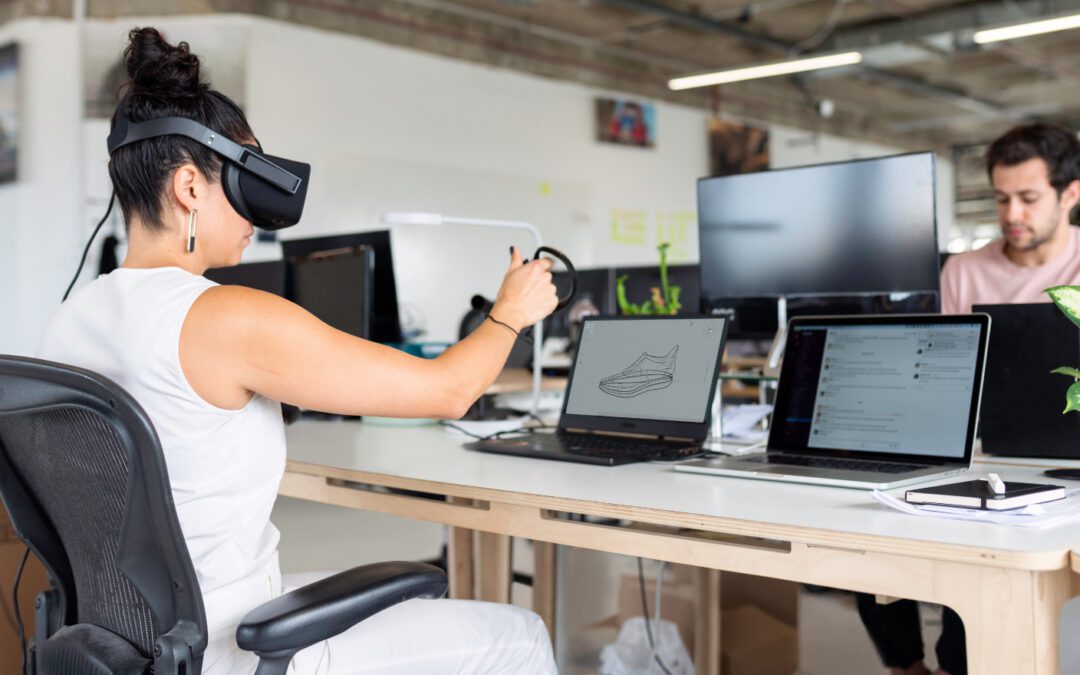Learn From An Experienced Team That Analyze Customer Insights To Help Make Result Driven Brands.

Augmented Reality (AR) has become an increasingly popular technology in recent years, finding its way into various industries such as gaming, education, and healthcare. However, its incorporation in architecture has revolutionized the way designers conceptualize, visualize and present their ideas. AR provides architects with a platform to create immersive and interactive experiences for clients, allowing them to experience their projects in a way that was not possible before.
Augmented reality technology enables architects to superimpose virtual models of their designs onto real-world environments, providing a realistic representation of how the final project would look. This not only helps clients to better understand and visualize the design, but also enables architects to make adjustments to their design based on the client’s feedback.
AR also enables architects to explore different design options and concepts by allowing them to create and manipulate virtual models in real-time. This allows architects to experiment with various design elements such as color, texture, and materials, giving them the freedom to explore different design possibilities and make informed decisions based on their clients’ preferences.
The use of AR in architecture is not limited to the design phase alone; it can also be used during the construction phase. AR technology allows architects to overlay virtual models onto real-world environments, providing builders with a visual guide to follow during construction. This reduces the likelihood of errors during the construction phase, thus saving time and resources.
Furthermore, AR has the potential to transform the way clients interact with buildings, by providing them with a more immersive and interactive experience. This could range from walking through a virtual model of the building before construction, to using AR technology to provide visitors with real-time information about the building’s history, features, and functions.
The incorporation of AR in architecture has significant implications for the future of building design. It enables architects to create more accurate and realistic representations of their designs, making it easier for clients to visualize the final product. Additionally, it reduces the likelihood of errors during the construction phase, thus saving time and resources. Furthermore, AR has the potential to transform the way people interact with buildings, providing a more immersive and interactive experience.
In conclusion, the incorporation of AR in architecture is transforming the way architects design, visualize and present their ideas. It provides a platform for architects to create immersive and interactive experiences for clients, while also enabling them to explore different design options and concepts. The use of AR in architecture has significant implications for the future of building design, and is set to revolutionize the industry in the years to come.




